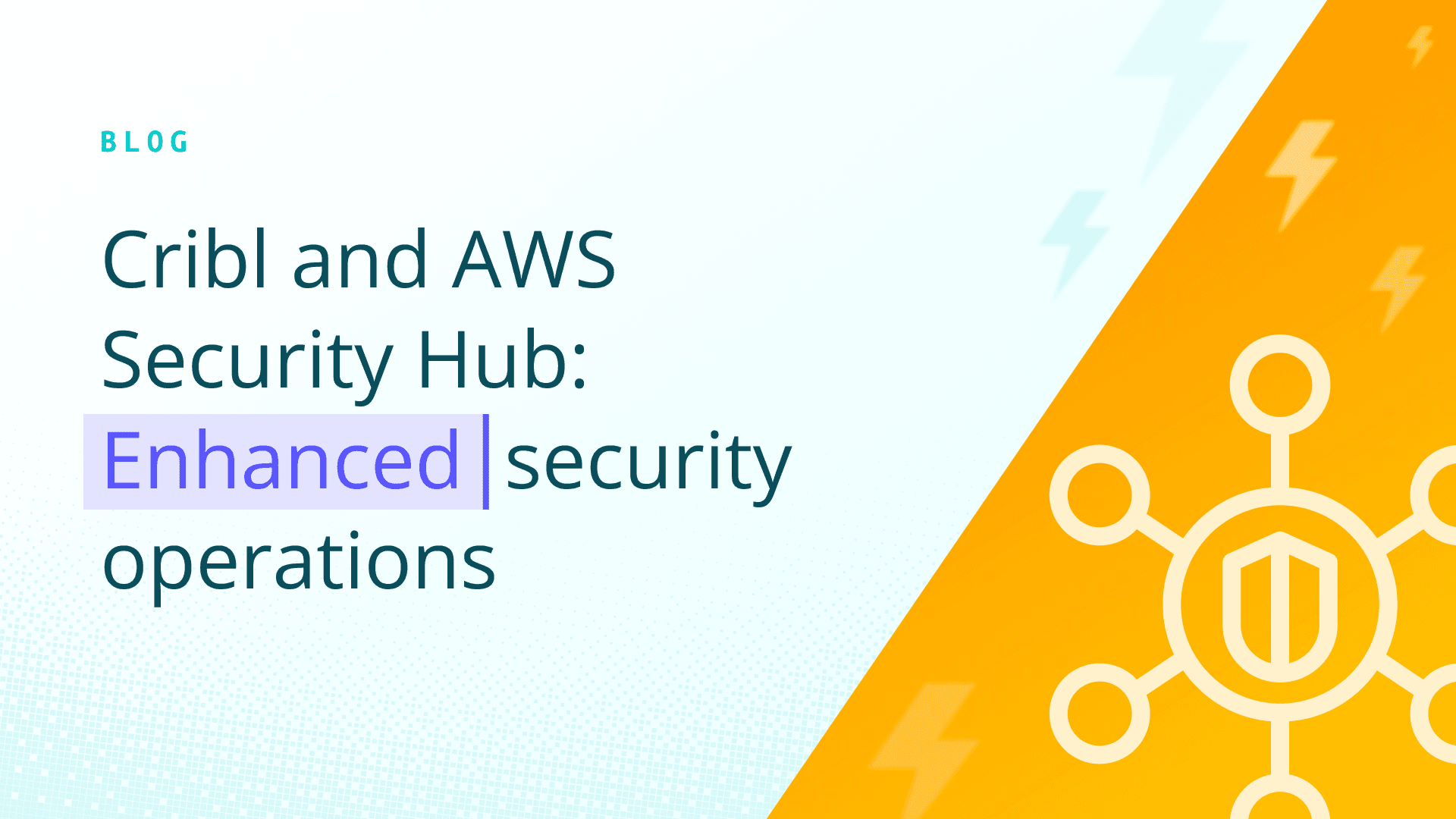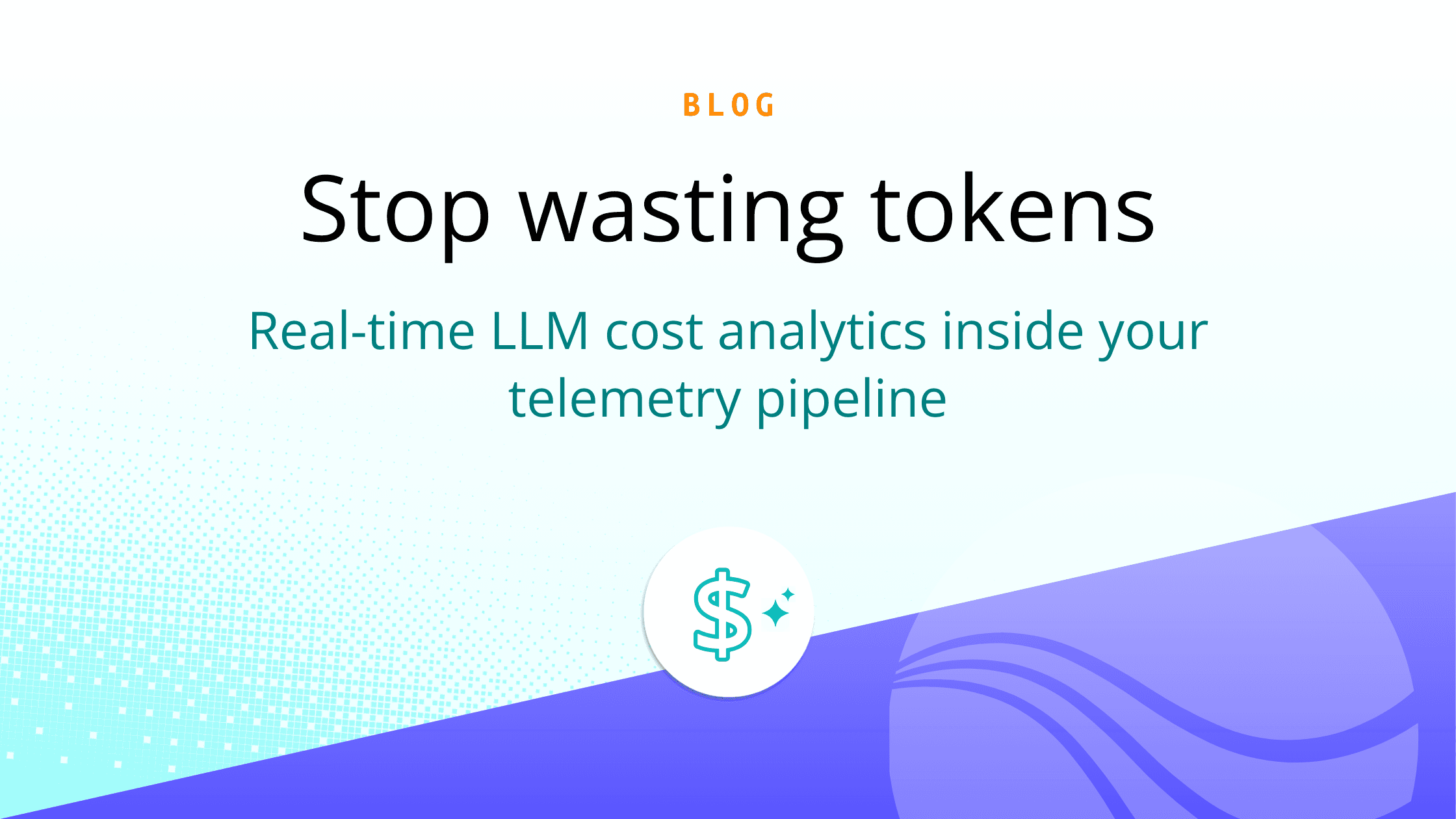Getting your organization to invest in a new tool requires telling a story that helps decision-makers understand its benefits. In a recent webinar, our experts discussed how to define an ROI for Cribl Stream. They also shared a sample proposal you can use to craft the story you’ll tell to leadership, and gave some tips and tricks for justifying the purchase of these key tools for your business.
Engineers and architects understand core technical problems better than anyone. But it’s hard to get funding for solutions if you can’t articulate how a new tool will benefit your organization.
Budget holders may not know exactly what you do or how difficult it is to manage your data tools, so you have to present things in terms they’ll understand. Here are some things to take into account when putting together a proposal.
Know Your Audience
Presenting solutions in terms of business outcomes is the best way to get access to the funding you need. Quantifying the dollars and cents in what you’re asking for will help bridge the gap between different departments. Not everyone you talk to will understand the technical advantage of your solution, but they will appreciate the money they can save or the risk they can avoid.
For example, if you’re talking to someone from compliance about audit risks, focus on the retention requirements that you still need to meet. You may lose your audience’s attention if you just focus on the tools you’re using and how you don’t have the right object storage.
Cost Savings vs. Cost Avoidance
Knowing the difference between cost savings and cost avoidance can make all the difference in getting a project approved. ROI discussions are typically focused on cost savings, but the real savings from a project often comes in the form of cost avoidance.
Speaking to cost avoidance can really demonstrate the value of a project and the impact it will have. Instead of sharing how much money your company will save by bringing on a new tool, point out the costs your organization will incur if it doesn’t put solutions in place for a specific problem.
It’s easy to consider budgets at a moment in time, but that approach doesn’t tell the whole story. Expenses for data management are increasing faster than people anticipate, and decision-makers have to ensure budgets will cover those costs.
Make projections for at least the next three years. Five years is even better, because when your costs grow at 25% each year, that doesn’t just mean 25% this year and 25% for the next year. Those costs are compounding — a 25% CAGR means doubling every three years, not every four, and that makes a big difference over time.
Shared Values That Can Justify Your Investment
Not every enterprise values the same things, so it’s important to talk to your boss, procurement team, or accounting to understand what’s most important to them. Some are more focused on dollar savings and hardware licenses than savings on risk, compliance costs, or staffing. These are some of the values to consider in your proposal:
License Reduction
Everybody typically recognizes the license costs associated with systems of analysis. However, there tends to be a lot of miscommunication around the topic, so see if you can find out exactly what your license costs are. You’ll also want to know when your renewal is because that will be your leverage point.
Compute and Storage Cost Reduction
All of your hardware — whether it’s your physical, VM, or cloud server — have significant costs. Storage costs also grow in proportion to the license costs for your system of analysis. Saving data for years is not an inexpensive proposition, so retention costs are often way higher than anyone anticipates.
We recently helped a customer who was maintaining their archive in a popular system of analysis cloud storage to get an 8x savings on their retention. Using Cribl Stream, they easily cloned their data to their own S3 storage and brought retention costs from $1.1M annually to around $125k.
Risk Reduction or Avoidance
It’s also important to consider what happens if your organization doesn’t meet those retention requirements. Will you fail an audit from a consumer financial bureau or lose out on an acquisition because you’re not retaining data? Will you lose the ability to bill Medicare or forfeit your PHI certification if you’re not properly retaining personal identifying information?
Make friends with your audit/risk or GRC team, look at your retention requirements and put a dollar amount next to each of them. Point out what you need to do so that you don’t miss out on contracts or lose the ability to acquire customers. We’re going to see even more regulations in the years to come, so risk avoidance should be top of mind.
Data and Vendor Independence
Some other things that decision-makers may recognize as valuable are data and vendor independence, which lead to more options for a simplified architecture and a lower general risk for the enterprise.
When you put data into another tool, format, or cloud, that data no longer belongs to you. Reusing it will be a hassle and take up valuable engineering time. Delays like this are especially risky during security breaches, where every second counts.
Leaders increasingly want to be free of aggressive vendors, so being able to position yourself architecturally to replace a vendor or avoid dependency on any single one of them can be valuable.
Watch the full webinar to learn how to put all the pieces of this ROI puzzle together into a story that will grab the attention of budget holders and get you the funding you need.








